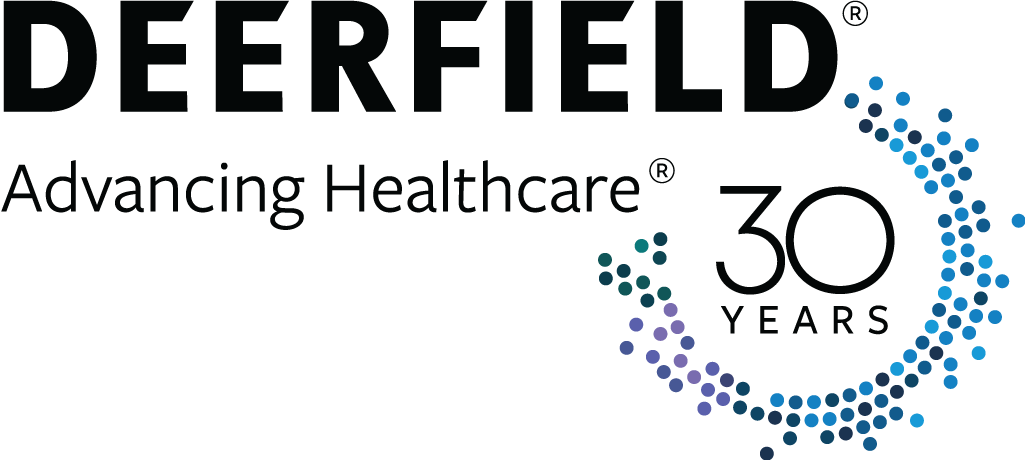Background
It is globally agreed that a well-designed health system deliver timely and convenient access to health services for all patients. Many interventions aiming to reduce waiting times have been implemented in Chinese public tertiary hospitals to improve patients’ satisfaction. However, few were well-documented, and the effects were rarely measured with robust methods.
Methods
We conducted a longitudinal study of the length of waiting times in a public tertiary hospital in Southern China which developed comprehensive data collection systems. Around an average of 60,000 outpatients and 70,000 prescribed outpatients per month were targeted for the study during Oct 2014-February 2017. We analyzed longitudinal time series data using a segmented linear regression model to assess changes in levels and trends of waiting times before and after the introduction of waiting time reduction interventions. Pearson correlation analysis was conducted to indicatethe strength of association between waiting times and patient satisfactions. The statistical significance level was set at 0.05.
Results
The monthly average length of waiting time decreased 3.49 min (P=0.003) for consultations and 8.70 min (P=0.02) for filling prescriptions in the corresponding month when respective interventions were introduced. The trend shifted from baseline slight increasing to afterwards significant decreasing for filling prescriptions (P=0.003). There was asignificant negative correlation between waiting time of filling prescriptions and outpatient satisfaction towardspharmacy services (r=−0.71,P=0.004).
Conclusions
The interventions aimed at reducing waiting time and raising patient satisfaction in Fujian Provincial Hospital are effective. A long-lasting reduction effect on waiting time for filling prescriptions was observed because of carefully designed continuous efforts, rather than a one-time campaign, and with appropriate incentives implemented by a task force authorized by the hospital managers. This case provides a model of carrying out continuous quality improvement and optimizing management process with the support of relevant evidence.










